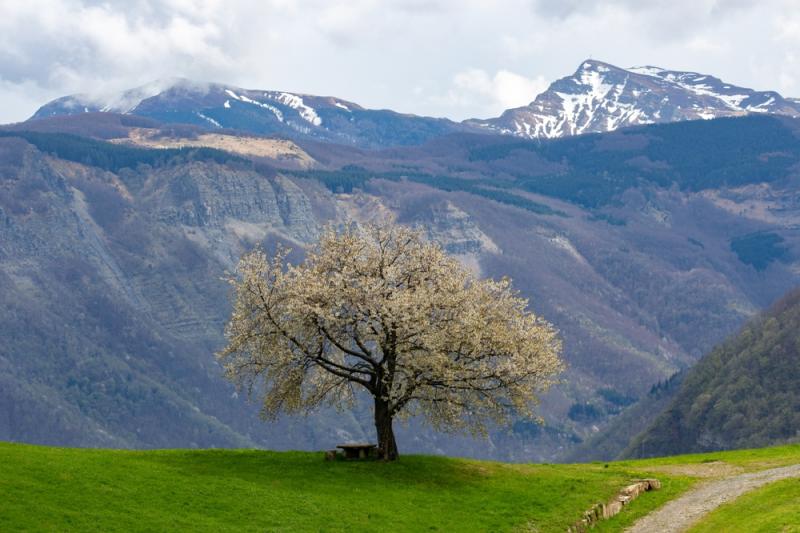The wild and densely forested Bologna Apennines begin roughly at the southern walls of Bologna and extend all the way to the Tuscan border. Historically a place of exchange and transit, the area was hit particularly hard during World War II when the Nazis chose it as the site of the Gothic Line, a series of defenses intended to stop the Allied advance north. The Bologna Apennines were where many of the most brutal battles took place, and though some villages were reduced to rubble and quickly rebuilt in a utilitarian style after the war, others survived mostly unscathed.
With its green hills and snowy mountains, this idyllic setting is home to some of the loveliest villages in the northern Apennines. Many are relatively undiscovered, while others are popular weekend retreats for the bolognesi, who are fiercely loyal to “their” patches of the Apennines. Here are a few to check out this fall and beyond.
Monteacuto delle Alpi
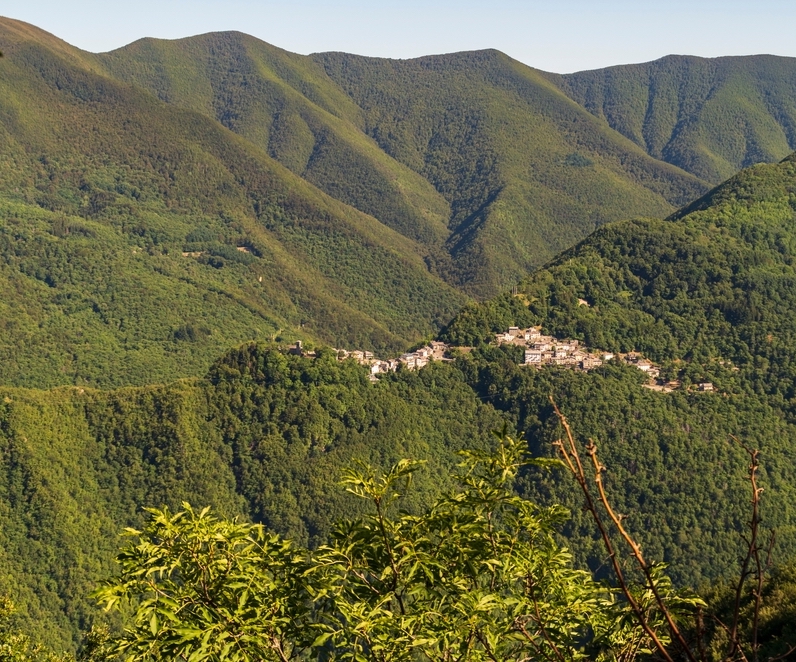
The houses of Monteacuto delle Alpi cling to a mountain ridge so narrow that the village seems to slither along in single file just to stay balanced. The first part of the village’s name — “sharp mountain” — makes perfect sense; the second — “of the Alps” — less so. Perhaps the frequently snow-covered peaks here at the Apennine ridgeline reminded those who chose the name of Europe’s premier mountain range.
The first written record of Monteacuto is in a papal bull dating to 1105. It was an important fortress town on the road between Bologna and Pistoia and legend has it that Matilda of Canossa may have spent the night there. These days, it’s mostly kept alive for weekend retreats; many head to town just to eat at the beloved Trattoria Il Bagigio, famous for its truffles, chestnuts and wild boar ragù.
Monteveglio
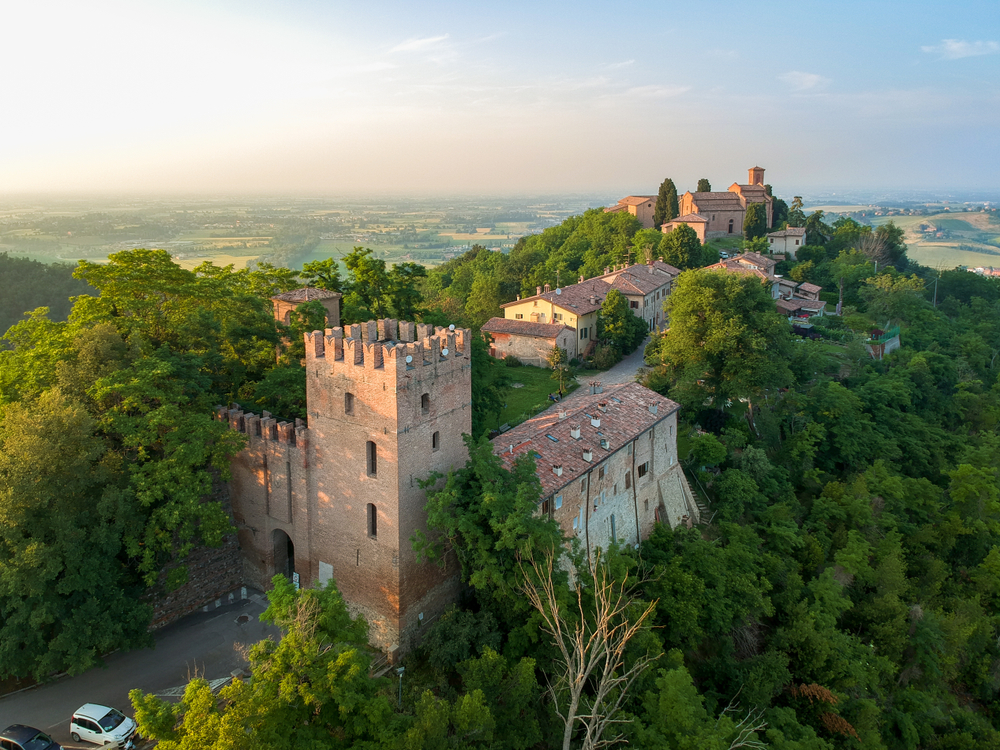
The lower part of Monteveglio is fairly ordinary, though unique for its polarizing trattoria, Ponte Rosso. Run by TV chef Massimo Ratti, Ponte Rosso is famous and notorious, depending on who you ask, for its fruity spins on traditional dishes (like tagliatelle with strawberry ragù and risotto with kiwi).
The upper part of the town is tiny and covered in forest, but easily stands as one of the best-preserved medieval hill towns in Bologna. Having been on the front lines of the wars between Henry IV and the Pope, then between the Ghibellines and the Guelphs, it’s remarkable that Monteveglio survived at all. These days the town is most famous for its 11th-century Romanesque Abbey — one of the highlights of the Bologna countryside.
Castel d’Aiano
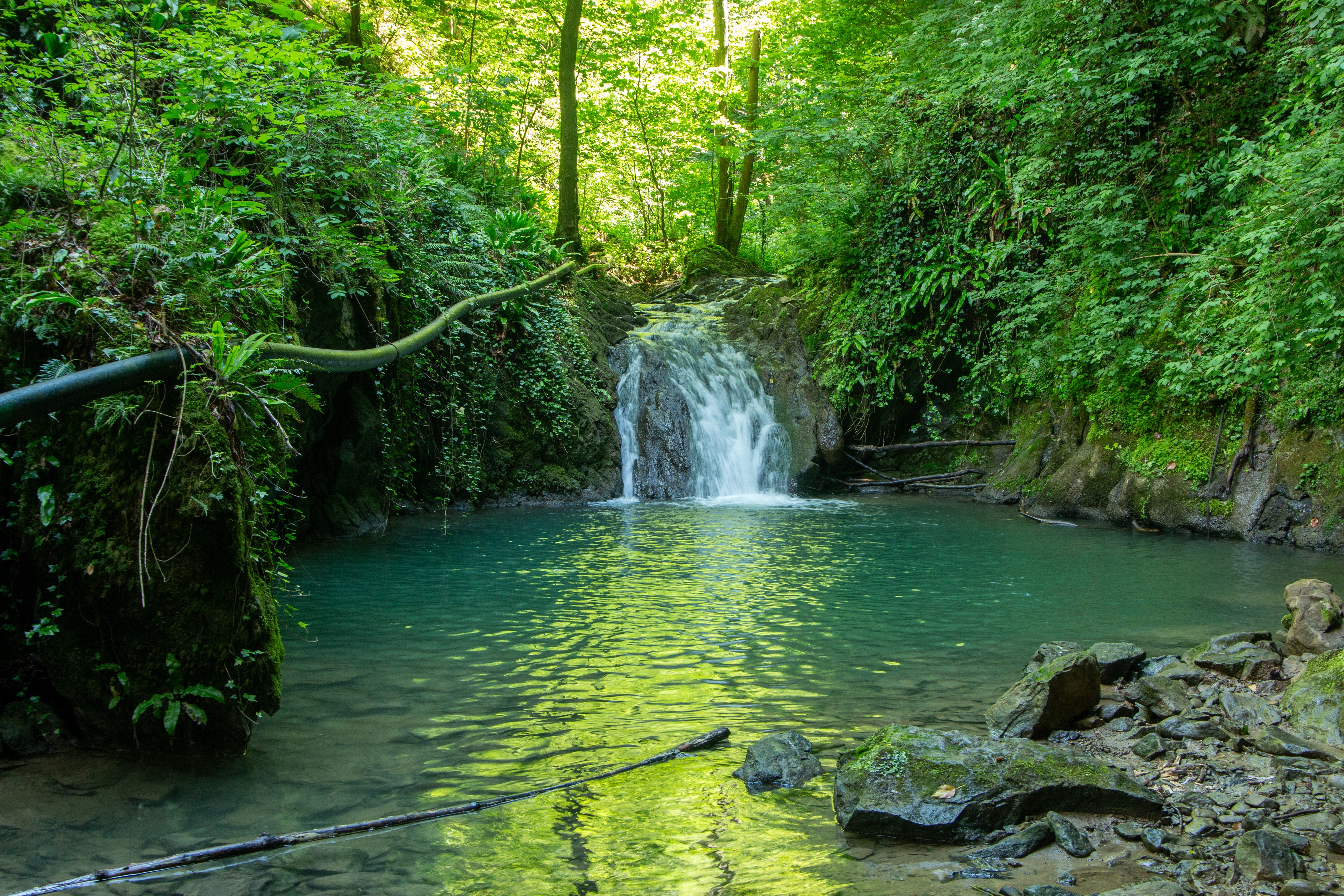
Like Bologna itself, the villages of the Bologna Apennines were a stronghold of the Italian Communist Party from 1945 until the late 1980s. So why, in the charming and stately village of Castel d’Aiano, is there a memorial to the late Republican senator and former US presidential candidate Bob Dole?
The story goes back to 1945, when Anglo-American forces were fighting to liberate the village from the Nazis. One of those Allied soldiers was a 21-year old Bob Dole. During the battle, he was heavily wounded by machine gun fire, shattering his back and arms. The medics, fearing he was as good as dead, injected him with a near-lethal amount of morphine. Against all odds, Dole survived and the rest is history. The residents of Castel d’Aiano never forgot Dole, erecting a memorial to him in 1995. And Dole never forgot Castel d’Aiano, making frequent trips back to the village until his death in 2021.
Beyond the memorial, Castel d’Aiano is also home to great low-key hiking paths, like the walk from Villa d’Aiano to the Gorge of Gaea and its waterfall. The surroundings are also popular with cyclists.
Riola
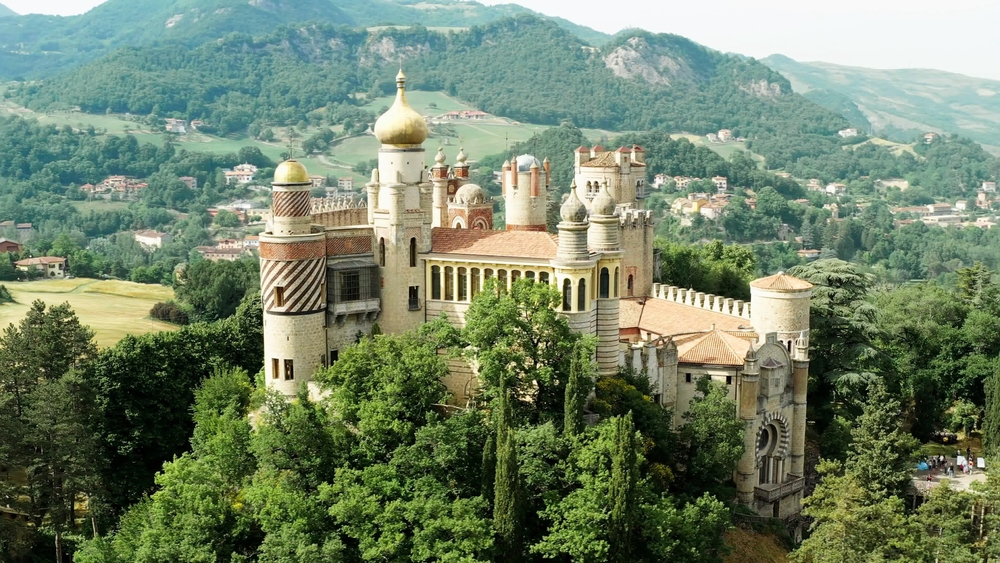
Riola is definitely not the most beautiful village in the Bologna Apennines. But it is home to what might be the two most beautiful buildings in the area. The first — the Rocchetta Mattei — is a mad orientalist pseudocastle that emerges from the hills like a mirage as you approach town. It was conjured up in the mid-19th century by Count Cesare Mattei, whose influences are believed to have included Moscow’s Kremlin, Granada’s Alhambra — and who knows what else. The result is Italy’s answer to Neuschwanstein Castle.
The Church of Santa Maria Assunta, on the other hand, is a more introspective piece. In the 1960s, the Archbishop of Bologna Giacomo Lercaro, inspired by the liberal ideas that came out of the Vatican II conference, invited Finnish modernist Alvar Aalto to design a new church in Riola. Work began in 1966, but various financial and labor problems meant it wasn’t consecrated until 1978, after both Aalto and Lercaro had passed away. The resulting church is a radical departure from typical Bolognese models, with a façade of concrete sails and an interior of rolling white lines. The minimalism tends to heighten the spiritual mood rather than overload visitors with detail. It draws both churchgoers and architecture lovers from all over the world.
Lizzano in Belvedere
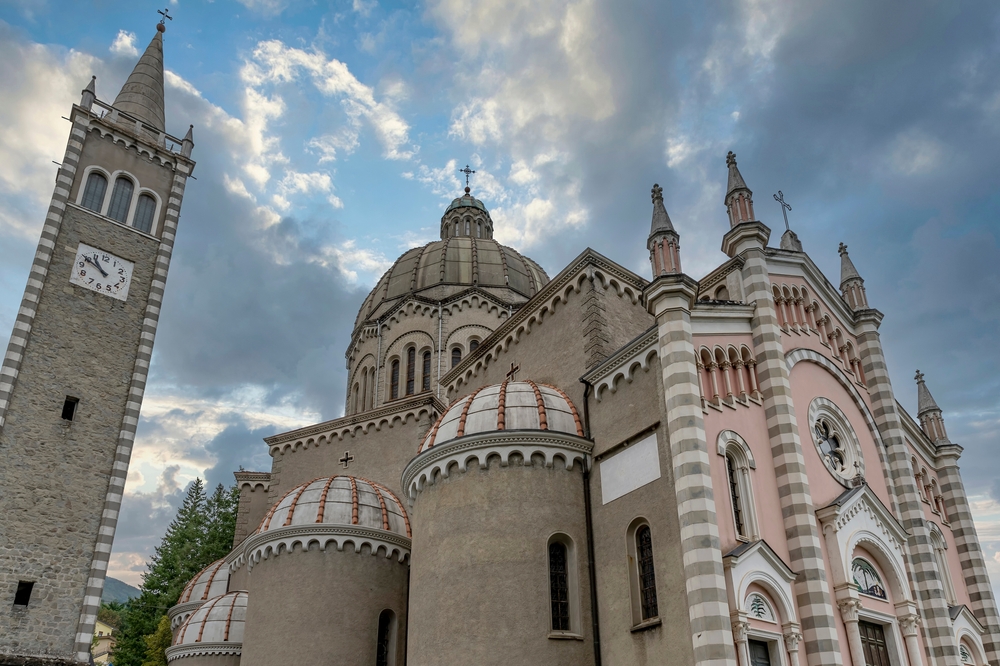
As the gateway to the Corno alle Scale Regional Park and its winter ski resort, Lizzano in Belvedere is one of the highest villages in the northern Apennines. Apart from its lofty position, which offers a panoramic view of the entire Bologna Apennines, the village is notable for its delùbro, a small baptistery built in the eighth century when the village was under the jurisdiction of the Exarchate of Ravenna. It’s the oldest stone structure in the province of Bologna, and the only building in the area which recalls the Byzantine wonders of Ravenna.
Next to it is the Church of San Mamante, mostly rebuilt in 1931. Its dazzling façade, colored in shock pink and bolstered by four needle-like columns projecting into the sky, makes a striking impression in an otherwise quaint, forest-covered village.
